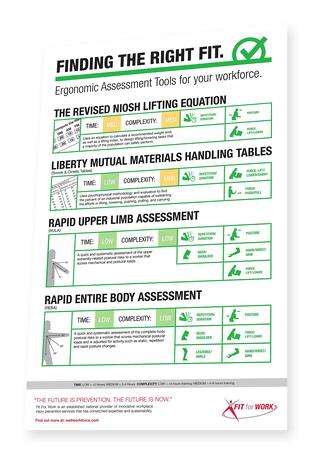At Fit For Work, our Onsite Injury prevention programs are geared toward focusing on the leading indicators to an injury, not simply reacting to a soreness. When looking at all of these indicators, early soreness of an employee often garners the most attention. And while it is crucial to have a symptom/response process in place to address a leading indicator, there are two important considerations you should be aware of: 1. There is a very deliberate science to the way a medical provider should communicate in order to not make an injured employee worse. 2. Your company’s medical provider is very likely NOT trained in these concepts. The concept of “words that harm and words that heal” focuses on the words that are spoken by a medical provider or supervisor which impact the employee’s clinical outcome in a negative or positive manner. Studies show that those who have a threat or fear of pain are more susceptible to a negative impact of those words (European Journal of Pain, L. Sharpe, 10/24/16). Your employees, many of whom are performing physical and repetitive jobs, can easily view their job as a major cause of pain. Consider a 45-year-old employee experiencing a sore back. They are sent to a doctor where the MRI shows that they have “Degenerative Disc Disease”. What does the word “disease” do for the level of threat or fear of pain? If it’s a disease, is it curable? Parkinson’s is a disease. Measles is a disease. Normal wear and tear that is, more often than not, actually not correlated with their symptoms is now suddenly a disease? If the employee is inadvertently misled to believe that their back pain is in the same category as any number of other “diseases”, the employee may ask, “will I ever get better?” These concepts—and the understanding of how impactful they can be—are unfortunately not part of the typical medical experience in the U.S. But we see countless positive results of using “words that heal” on a daily basis in our work. Want to learn how we can use “words that heal” with your employee population?
What You Need to Know About Your Company’s Medical Provider





